I'm looking for a way to match a list of 2D coordinates (which are in drawing order) to a shape from a list of shapes, or to find if it doesn't match any shape.
I've had a look at this, but I'm not too sure how exactly I'd relate that to things like straight/bent lines.
One idea I've thought of is to determine all the corners of each shape from the list (in order), and then check if the points from the list of coordinates that are found to be corners match one of these shapes (in the same order), using something like this. This might be a bit too strict for what I want to do however, as I want there to be a decent amount of leeway in the detection.
I'm also not sure what exactly I should use to pull corners (or lines etc.) from the list of coordinates - would it be worth turning it into an image or should I just try to detect things straight from the coordinate list?
For example, a possible input could be:

And some shapes to match could be:  or
or  or
or 
And in this case, it would match the L shape.
For context, the reason I'm doing this is for a game where you have to draw symbols in the air to cast a spell.
